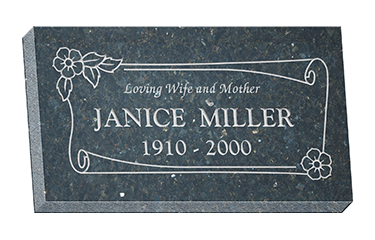
Not at all like Christian graveyard, Jewish burial grounds are commonly not found neighboring a place of love
The Jewish burial grounds in Prince George’s County, for example, the National Capital Hebrew Cemetery in Capitol Heights and the B’nai Israel Congregation Cemetery in Oxon Hill, are found in previously country regions near Washington, D.C. where the assemblages were found. Headstones make a unique place for the person. Images ordinarily highlighted on Jewish tombstones incorporate the Star of David, the Menorah, the Yahrzeit (the light of the spirit), tablets addressing the Ten Commandments, and the Cohanim Hands (an image of the clan of Aaron). Guests to Jewish graveyards frequently leave rocks on the headstones as an indication of regard and recognition.

Affiliation Cemeteries
In the nineteenth century, common advantage social orders or organizations frequently gave internment benefits for their individuals or workers. An illustration of an affiliation graveyard in Prince George’s County is Ivy Hill. In the mid-nineteenth century, the Laurel Mill Company set aside three sections of land as a graveyard for its perished laborers and their families. The worker graves in the Ivy Hill graveyard were set apart with straightforward wooden crosses, which have since vanished. Burial grounds were additionally connected with state and area organizations. The Maryland House of Reformation and Instruction of Colored Children (presently the Boys Town of Maryland) in Cheltenham and the Prince George’s County Almshouse close to Forestville both had graveyards on their grounds. Commemoration Parks Starting during the nineteenth century, provincial park-like graveyards gave another type of graveyard. These secretly or freely claimed burial grounds underlined characteristic scenes through excellent section doors, winding ways, delicate slopes, fancy planting, and trees. The park-like settings mirrored the changing perspectives toward death. A variety of landmarks also, intricately beautified gravestones flagged positive thinking about existence in the wake of death. Pictures of expectation also, everlasting status have large amounts of these rural scenes, giving solace to the living. All things considered of being exclusively a resting place for the dead, burial grounds got serene, pensive settings. An illustration of this kind of commemoration park in Prince George’s County is the Cedar Slope Cemetery in Suitland. Over the long run, the magnificence of the mid-nineteenth century dedication parks was downsized. City or private graveyards from the 20th century are frequently uniform in arranging and headstone configuration, taking after a huge open grass. Present-day remembrance parks may likewise envelop columbaria or construction of vaults with breaks for cinerary urns.
African-American Cemeteries
African-American burial grounds assume a basic part in the comprehension of Prince George’s District’s African-American legacy. After the Civil War, internment designs reflected the racial isolation and separation present in the public eye on the loose. African-American interments were frequently restricted to the minimal, plain cemetery. As discrete African American populations, houses of worship, and city foundations created and developed in the late nineteenth and early 20th hundred years, African-Americans set up their graveyards. The deficiency of numerous nineteenth-century structures related to the African-American people group gives uplifted significance to these entombment places. African-American burial grounds from the post- Common War period specifically relate to the historical backdrop of shared help that supported African- American people group despite avoidance from white society. Regularly, disconnected graveyards once connected with African-American places of worship and networks are the as it were mileposts left along the way of the change from subjugation to opportunity Historic burial grounds contain data on the region’s social, social, and notable legacy.




